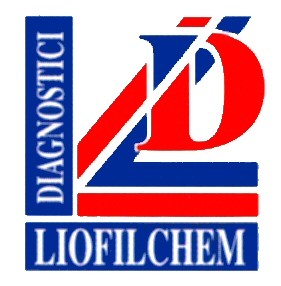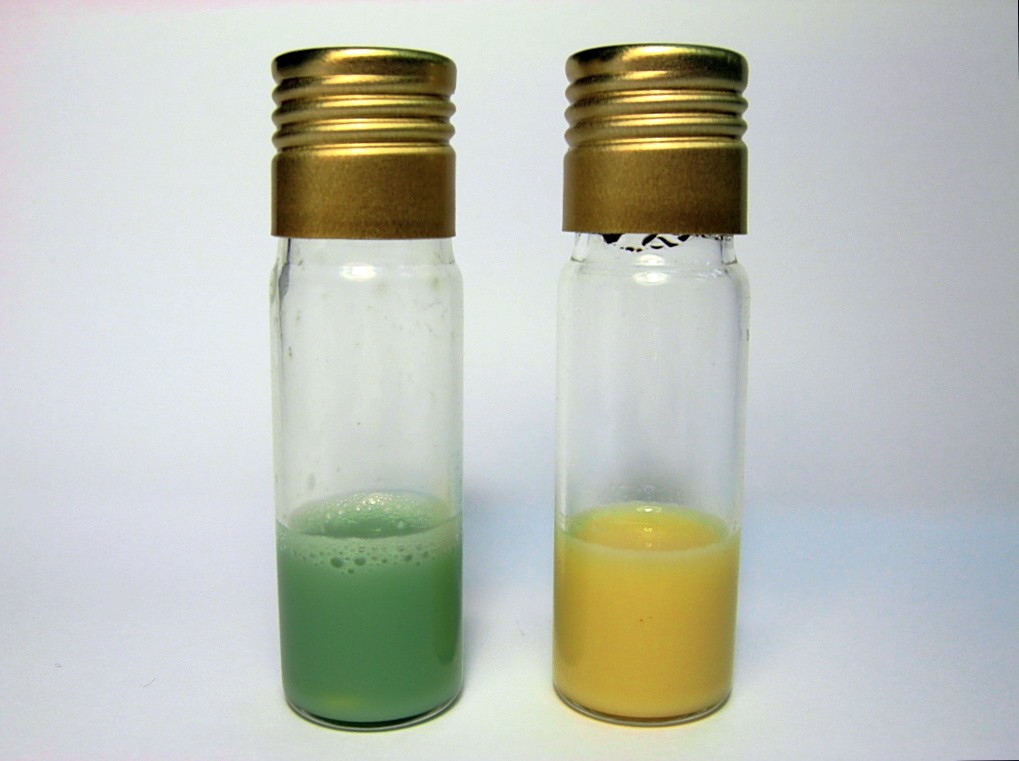s462099875.mialojamiento.es
Main Rupatadine References Contents: Main Rupatadine References Pharmacodynamics / Pharmacokinetics Dual effect of a new compound, rupatadine, on edema induced by platelet-activating factor and histamine in dogs: Comparison with antihistamines and PAF antagonists. Queralt M, Merlos M, Giral M, Puigdemont A. Drug Dev Res 1996; 39 (1): 12-8. The antihistamine-H1 and antiplatelet activating factor (PAF) activities of seven compounds, including rupatadine, a new antiallergic drug, were studied in healthy beagle dogs using a new experimental model that allows simultaneous testing of PAF and histamine reactions in the same animal. The method was based on the measurement of wheal area induced in dogs' skin by intradermal injection of PAF (1.5 mug) or histamine (2.5 mug). Rupatadine and the H1-antihistamine drugs cetirizine, levocabastine, and loratadine, administered orally at doses of 1 or 10 mg/kg showed similar maximum potencies (75-85% of wheal inhibition) 4-8 h after treatment. Levocabastine was the longest-acting compound (55% and 69% inhibition 24 h after administration of 1 or 10 mg/kg, respectively). Rupatadine, loratadine, and cetirizine behaved similarly, showing 34% and 58% inhibition at 24 h at the same doses. Dual PAF and histamine antagonist SCH-37370 exhibited mild anti-H1 activity, the maximum effect being 27% at 10 mg/kg. Pure PAF antagonists WEB-2086 and SR-27417 showed no effect against histamine-induced wheals. Only rupatadine, SR-27417A, SCH-37370, and WEB-2086 showed PAF antagonist activity, whereas pure antihistamines were inactive. The most potent PAF antagonist was SR-27417A, with a maximum effect of 56% and 80% at 1 and 10 mg/kg, respectively. Rupatadine and WEB-2086 antagonized PAF-induced wheal response, although they showed less maximum effect and shorter duration of action than SR-27417A. SCH-37370 exhibited only slight PAF antagonist activity at 10mg/kg. Overall, the histamine- and PAF-induced wheal model in dogs proved useful for independent evaluation of histamine and PAF antagonist properties of the tested compounds, as pure antagonists blocked the effect of only one of the mediators. Rupatadine was the only one of the seven compounds studied that showed potent dual activity against PAF and histamine. Protective effect of rupatadine fumarate in experimental conjunctivitis in guinea pigs. Ferrando R, Giral M, Balsa MD, Merlos M, Garcia Rafanell J, Forn J. Methods Find Exp Clin Pharmacol 1996; 18 (Suppl B): 140. XX Congress of the Spanish Society of Pharmacology and the IV Spanish-French Meeting on Pharmacology. Granada (Spain), September 18-20 1996. The topical antiallergic activity of the novel histamine (H) and PAF antagonist rupatadine fumarate (RF; UR-12592 fumarate) eyedrops was evaluated in comparison with loratidine (LOR) in a model of H-, PAF-or ovalbumin (OVA)-induced conjunctivitis in guinea pigs. From the results it was concluded that RF could be useful in the topical treatment of allergic conjunctivitis. (conference abstract). Conjunctivitis was induced by topical application of H (400 ug) or PAF (10 ug) in naive animals or OVA (140 ug) in actively sensitized guinea pigs. Drugs were administered as eye-drops (20 ul) 15 min before agonist or antigen provocation. Inflammation was scored (0-10 point scale) at 5, 15, 30, 60, 90, 120, and 150 min after induction. RF (0.001-0.01 % w/v) strongly and dose-dependently inhibited H-induced conjunctivitis, being about 20-fold more potent than LOR (IC50 values at 30 min were 0.0015 and 0.034% for RF and LOR, respectively). RF (0.05-0.2%) also inhibited PAF-and OVA-induced conjunctivitis, e g. mean scores (at 30 min), PAF: 6.8 and 4.2 for control and 0.1% RF, respectively; OVA: 7.2 and 3.8. LOR, at the same concentrations, inhibited OVA-, but not PAF-induced conjunctivitis.


